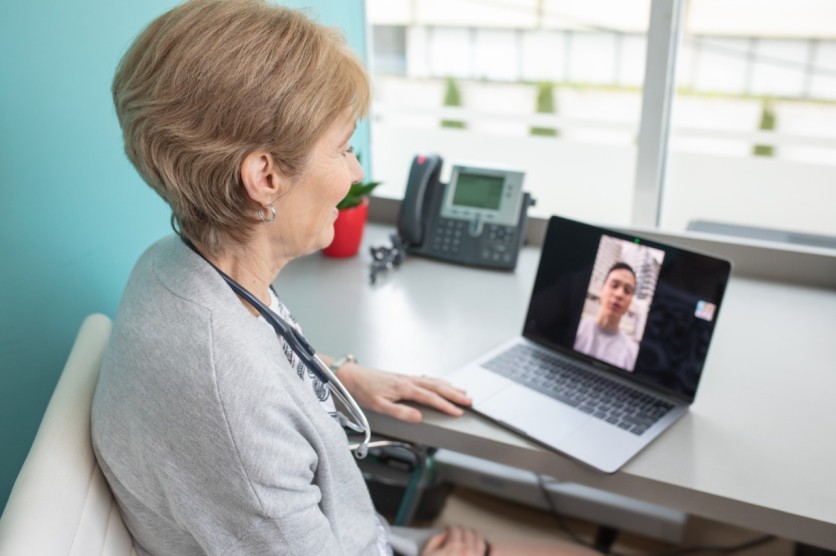Telehealth is now a long-term, multi-million-dollar investment for the Australian healthcare sector.

ZDNet reports that the Australian government, spurred on by the success of remote care in battling COVID-19 infections in the country, will be investing $100 million AUD ($71.6 million USD) into remote care services over the next four years.
The investment will be a part of a massive $309 million AUD ($221.4 million USD) expenditure that covers major facets of the country's healthcare sector. This includes mental health, better health services in rural regions, improved Medicare access, and support for ongoing efforts against the coronavirus pandemic.
Greg Hunt, Australia's Health Minister, has stated that the $106 million investment will also include $32 million in additional funds to provide for local practices conducting telehealth services throughout the country.
Hunt also went on to say that remote care has been "transformational" to his country's healthcare sector, with its critical role being the ensuring of continued care for patients during the pandemic.
The numbers don't lie. According to ABC, over 86 million remote care consultations were conducted in Australia after it was erected as a "temporary support" to aid the efforts against the pandemic.

In total, the Australian government has paid out more than $4.4 billion in benefits via telehealth. 16.1 million patients also received mandated benefits.
This news comes after it was rumored that funding for telehealth services were going to stop back in January. As such, it is considered great news by some, especially Dr. Karen Price of the Royal Australian College of General Practitioners.
According to Dr. Price, telehealth basically enabled Australia to stay as safe as possible during the pandemic, and she would be right. The country was among the earliest to let things go back to pre-pandemic "normal"--that is, letting people go to public places for gatherings, etc.
Looking Ahead For Telehealth
To say that remote healthcare has done so much for the world due to the pandemic is a massive understatement. Some people might even be growing to prefer it over actual doctor visits in a clinic or hospital.
In Canada, several patients were asked whether they'd prefer virtual care services long-term, even after the pandemic has long ended. They said yes, mainly due to the convenience that such a practice gives them.
The patients said that they like it better to sit in their own homes instead of a hospital or clinic waiting room, which they say can be "more stressful." Their reason involved the presence of other people who were sick-which is something that billions around the world have had to deal with for almost two years now.

Furthermore, the existence of more advanced, health-focused wearable technology is giving people an unprecedented amount of control and oversight into their physical well-being. They don't need to go see a doctor physically, because all that's needed is a screen, an internet connection, and a video call with a registered physician.
Related Article : Apple Health App Can Now Be Accessed Through Verizon's BlueJeans TeleHealth for Faster Transfer of Health Data
This article is owned by Tech Times
Written by RJ Pierce




